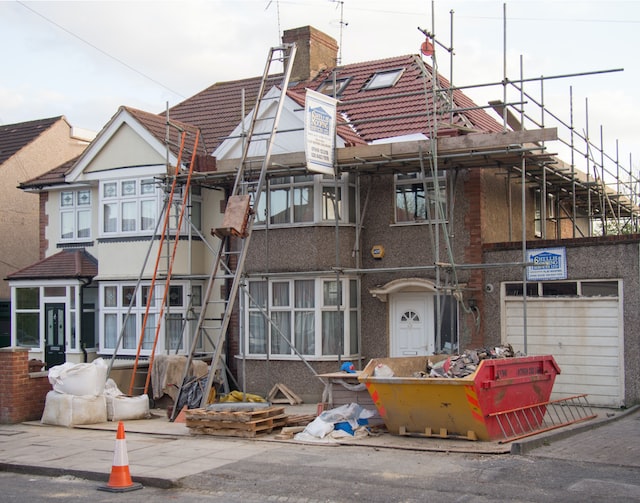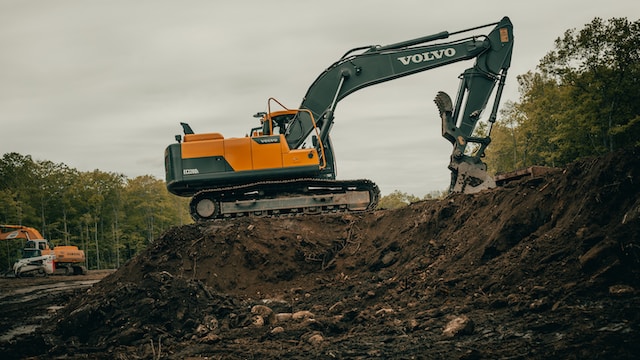There are several processes involved in restoring a terrazzo floor, and the process you choose will determine the final outcome. These processes include grinding, polishing, and re-crystallization. Let’s look at each one. The cost of terrazzo floor restoration, Long Island City, NY area, can range anywhere from $2 to $10 per square foot, depending on the level of grinding required. The more thorough the grinding, the higher the cost. However, less-intense grinding and top-coat buffing will result in a lower cost.
Diamond grinding
When it comes to terrazzo floor restoration, there are several options that you have. You can polish the surface and refinish it, or you can use a diamond grinder to fix cracks and chips. A variety of polishing options are available, including diamond polishing pads with a diamond size of 500, 1000, or even three thousand. The diamond polishing process should leave little to no trace of the damage.
This process involves stripping away old waxes and coatings. The result is a beautiful “glass-like” sheen. While diamond grinding is the most expensive method, the finished surface usually has a longer life span than a polished floor. After two years, terrazzo floors with polished surfaces will lose their sheen.
Cementitious binder
If your Terrazzo floor needs some serious repair work, it’s important to choose the right cementitious binder to use. You can use either white portland cement or a tintable epoxy resin. Cement is best for large repairs, while an epoxy resin is better for smaller repairs. Both are durable, but they are more expensive per square inch.
Cementitious binders for Terrazzo floors are available in two varieties: Portland Cement and Polyacrylic modified Portland Cement. The polyacrylic version contains an acrylic additive. A resinous thin-set system is also available. The advantages of using a cementitious binder for terrazzo floor restoration are its ease of maintenance, the economy of care, and aesthetic value.
Polishing
If your terrazzo floor is suffering from wear and tear, you can restore it by polishing it. However, it’s important to choose a professional company for the job. These specialists are highly skilled and have extensive experience in terrazzo floor restoration. Besides this, they also have expertise in marble, Saturnia, and granite tile floors.
Although polishing is essential for terrazzo floor restoration, it is also important for other types of concrete flooring. These floors can easily get scratched or ruined by metal objects or dirt from shoes, so it is important to keep them clean. You can also invest in a mat for your shoes to avoid scuffing the floor. Polishing Terrazzo floors can help maintain their shine and prevent them from looking worn and dingy. It is also much cheaper than regular waxing, so you can save a lot of money.
Re-crystallization
Re-crystallization of Terrazzo floors is a process that restores the surface of terrazzo floors. It is performed with a chemical solution and steel wool pads attached to a polishing machine. The solution changes the surface of the terrazzo stone and creates a shiny finish. The resulting surface is very durable and has a glossy look.
This process is not as expensive as many people think. It only requires re-buffing and polishing every two years or so. And unlike traditional terrazzo floor restoration, the finished floor has a much longer life expectancy – seven to ten years. In addition, polishing is not as difficult and costs far less.
Vitrification
When you want to restore the gloss and clarity of your terrazzo floors, you need to understand how a process called vitrification works. In this step, a steel wool pad is used to work a chemical solution into the surface of the terrazzo. This chemical treatment will change the surface into a shiny layer, resulting in a terrazzo floor that reflects light beautifully.
In addition to creating a shiny and lustrous surface, vitrification also provides a high-luster finish that will not need to be sealed or waxed, which will reduce the need for regular maintenance. Vitrification also helps protect the floor by preventing it from premature yellowing and becoming dull. The removal of the need for waxing and sealant will also reduce the expense of terrazzo floor maintenance. A floor that does not require waxing will only need a simple mop every now and then with a mild cleaner. This investment in terrazzo floor restoration will pay for itself in the long run.




